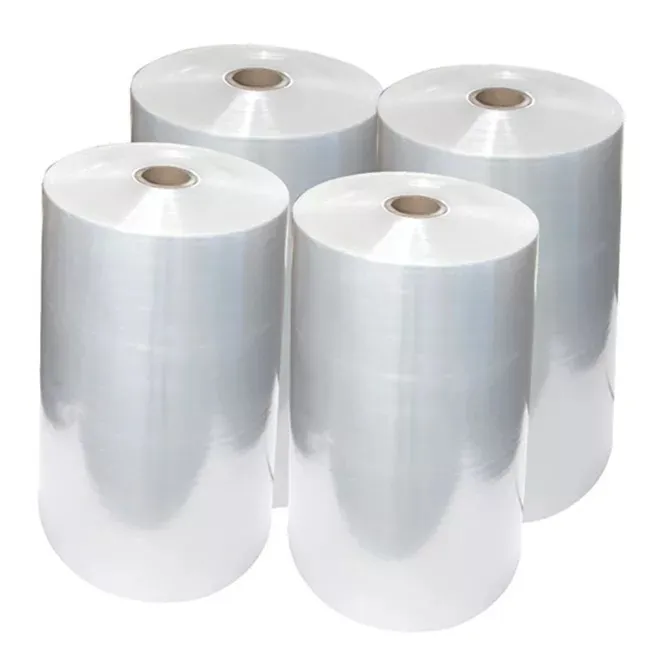- Afrikaans
- Albanian
- Amharic
- Arabic
- Armenian
- Azerbaijani
- Basque
- Belarusian
- Bengali
- Bosnian
- Bulgarian
- Catalan
- Cebuano
- chinese_simplified
- chinese_traditional
- Corsican
- Croatian
- Czech
- Danish
- Dutch
- English
- Esperanto
- Estonian
- Finnish
- French
- Frisian
- Galician
- Georgian
- German
- Greek
- Gujarati
- haitian_creole
- hausa
- hawaiian
- Hebrew
- Hindi
- Miao
- Hungarian
- Icelandic
- igbo
- Indonesian
- irish
- Italian
- Japanese
- Javanese
- Kannada
- kazakh
- Khmer
- Rwandese
- Korean
- Kurdish
- Kyrgyz
- Lao
- Latin
- Latvian
- Lithuanian
- Luxembourgish
- Macedonian
- Malgashi
- Malay
- Malayalam
- Maltese
- Maori
- Marathi
- Mongolian
- Myanmar
- Nepali
- Norwegian
- Norwegian
- Occitan
- Pashto
- Persian
- Polish
- Portuguese
- Punjabi
- Romanian
- Russian
- Samoan
- scottish-gaelic
- Serbian
- Sesotho
- Shona
- Sindhi
- Sinhala
- Slovak
- Slovenian
- Somali
- Spanish
- Sundanese
- Swahili
- Swedish
- Tagalog
- Tajik
- Tamil
- Tatar
- Telugu
- Thai
- Turkish
- Turkmen
- Ukrainian
- Urdu
- Uighur
- Uzbek
- Vietnamese
- Welsh
- Bantu
- Yiddish
- Yoruba
- Zulu
example of secondary packaging
Understanding Secondary Packaging Importance and Examples
In the realm of product packaging, secondary packaging plays a crucial role in enhancing the protection, branding, and logistical efficiency of goods. While primary packaging directly contains the product, secondary packaging is the additional layer that groups primary packages together, often serving multiple functions from marketing to shipping. This article will explore the significance of secondary packaging and provide various examples that illustrate its diverse applications.
The Importance of Secondary Packaging
1. Product Protection One of the primary purposes of secondary packaging is to provide an extra layer of protection during transportation and handling. This is especially vital for fragile or perishable products. For instance, a company producing glass bottles will typically use a sturdy cardboard box as secondary packaging to prevent breakage while the bottles are being shipped. The box not only contains the bottles but also cushions them, significantly reducing the risk of damage during transit.
2. Branding and Marketing Secondary packaging also serves as a canvas for branding efforts. Companies use this space to display their logos, color schemes, and other brand elements, making their products easily recognizable on shelves. For instance, a luxury chocolate brand may use beautifully designed boxes to enhance the overall customer experience and make their products stand out in a crowded marketplace. Vibrant colors, attractive graphics, and even unique shapes can capture consumer attention, influencing purchasing decisions.
3. Convenience and Efficiency In addition to protection and branding, secondary packaging facilitates ease of handling and storage. It allows for better stacking and organization during transportation, which is crucial for supply chain efficiency. For example, a manufacturer of canned goods might pack multiple cans into a sturdy corrugated box. This not only makes it easier to transport the cans but also simplifies the stocking process for retailers who can place the boxes directly on the shelves.
4. Sustainability With increasing awareness of environmental issues, many companies are now focusing on sustainable packaging solutions. Secondary packaging can contribute to eco-friendly initiatives by utilizing recyclable or biodegradable materials. Brands like Coca-Cola are leading the way by investing in sustainable packaging options that reduce their carbon footprint and promote recycling. This shift not only helps the environment but also appeals to conscious consumers looking to make responsible purchasing choices.
example of secondary packaging

Examples of Secondary Packaging
1. Retail Boxes A prime example of secondary packaging is the retail box that houses multiple units of a product. For instance, a brand of smartphone accessories might sell individual items like chargers and cases, but these are shipped and displayed in boxes that contain several units. This allows retailers to showcase multiple products while keeping the display neat and organized.
2. Shrink Wrap Shrink wrapping is a common form of secondary packaging used for various products, from food items to electronics. Products are bundled together and wrapped in a plastic film that, when heated, shrinks tightly around them. This secures the items and offers a clear view of the product while maintaining a sleek appearance, which is particularly useful in retail settings.
3. Bags and Pouches In the food industry, secondary packaging often includes bags and pouches. A good example is bulk cereals packaged in large plastic bags inside a cardboard box. This method preserves freshness and protects the contents while allowing for easy distribution and storage.
4. Transit Packaging For manufacturers shipping products internationally, transit packaging is essential. Pallets loaded with cartons are often shrink-wrapped for stability and protection during long journeys. Additionally, they may use corner protectors and edge guards to diminish the risk of damage.
Conclusion
In summary, secondary packaging is far more than just an outer layer; it plays a vital role in protecting products, enhancing branding, ensuring logistical efficiency, and contributing to sustainability efforts. From retail boxes to shrink wrap, the examples of secondary packaging are varied and impactful. As businesses continue to evolve and consumer expectations grow, the importance of effective secondary packaging will remain a key consideration in the packaging industry.













